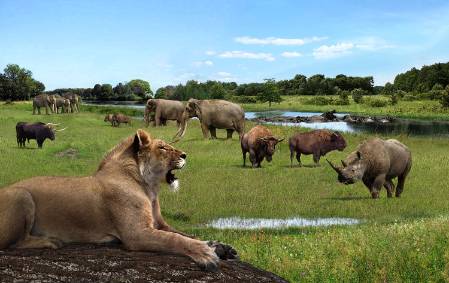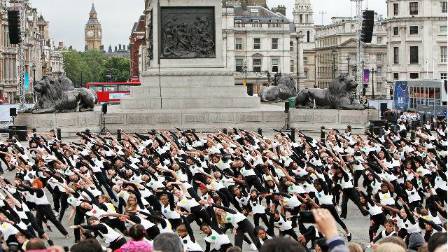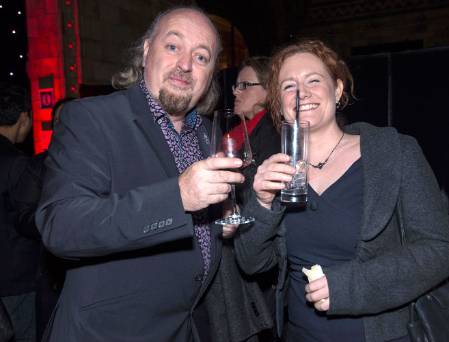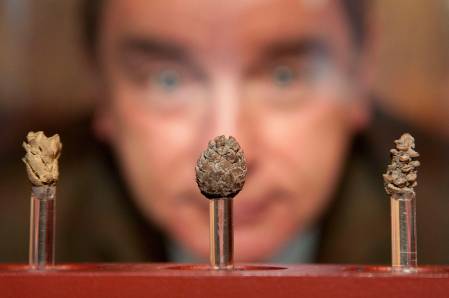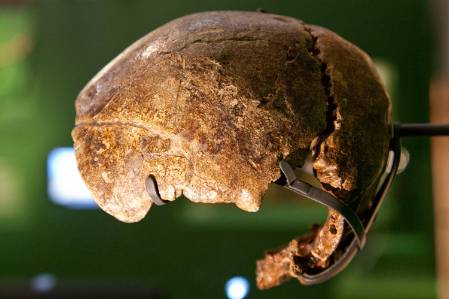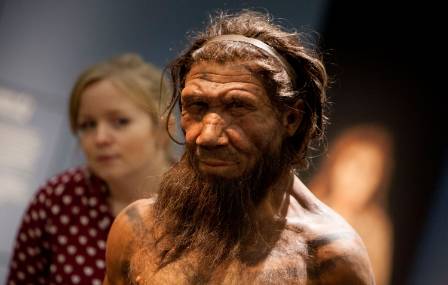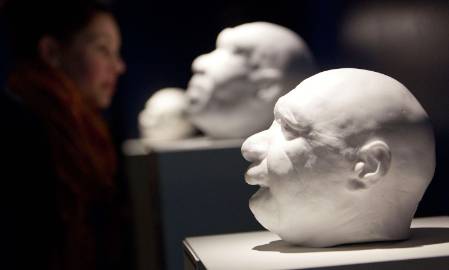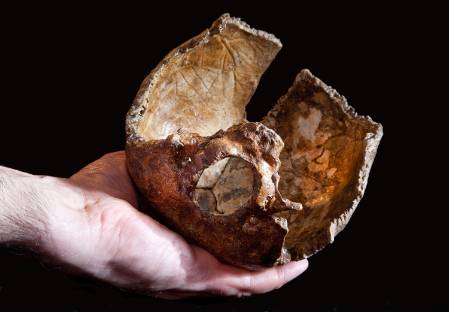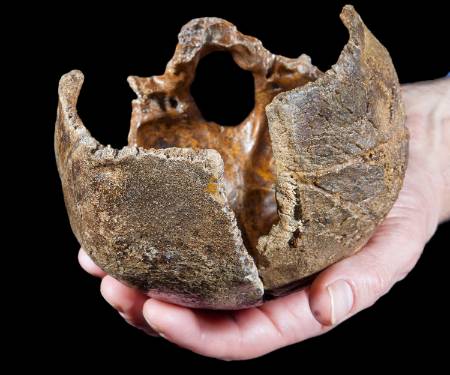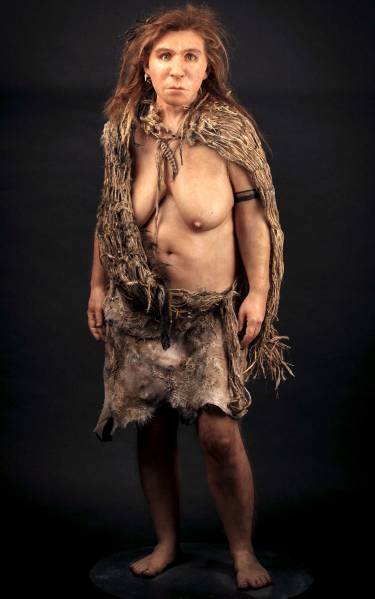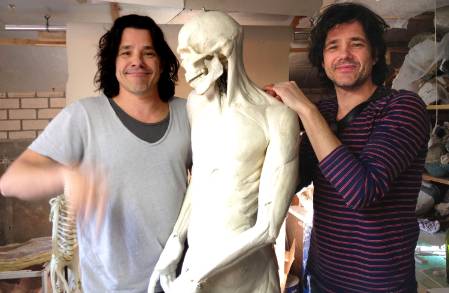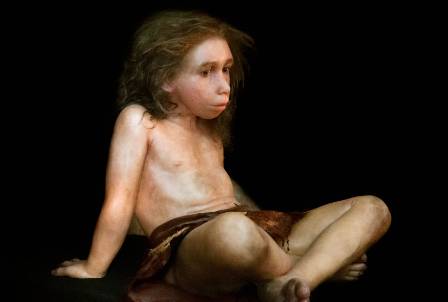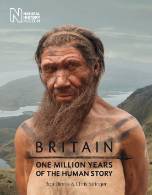It’s hard to imagine the scene below in Trafalgar Square, the way it may have looked 125,000 years ago.
Lion’s share of Trafalgar Square: this artist's impression captures what London's famous attraction may have looked like 125,000 years ago. Select images to enlarge.
And strange to visualise real lions, not stone ones, observing unsuspecting elephants and hippos grazing on the grassy banks of the River Thames. This unrecognisable landscape depicted above shows the river banks reaching as far east as Trafalgar Square, where cave lions, straight-tusked elephants, hippos and Stephanorhinus once roamed.
Large animals played a big part in London's past and there are surprising fossilised specimens to explore in our Britain: One Million Years of the Human Story exhibition.
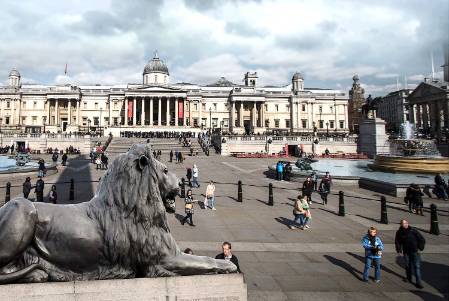
Trafalgar Square today: The scene echoes the same lion’s lookout of the earlier picture, but it's a very different landscape. Below: a wilder picture of what's to come this weekend at the Square's Big Dance Live festival.
Fast forwarding to this weekend, much wilder scenes are predicted in the Square on Saturday, 12 July. The unsuspecting stone lions may be joined by as many as 5.3 million people grooving along to the sounds of London’s Big Dance Live festival (a previous event is pictured below).
Big Dance Live celebrations planned in Trafalgar Square on Saturday, 12 July.
© Foundation for Community Dance and the Greater London Authority
As recently as the 1950s, building work in Trafalgar Square unearthed evidence of London's wild past when a hippopotamus canine was found, dating back 125,000 years ago. It's displayed with other specimens and objects in our Britain exhibition against a huge pictorial backdrop of Trafalgar Square.
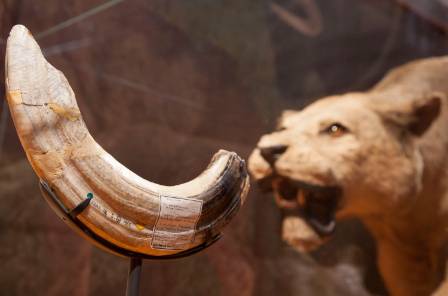 Trafalgar Square tooth: This hippo canine was excavated in the 1950s - on show in our Britain: One Million Years of the Human Story exhibition with other animal fossils from London.
Trafalgar Square tooth: This hippo canine was excavated in the 1950s - on show in our Britain: One Million Years of the Human Story exhibition with other animal fossils from London.
The fossil evidence - much of which emerged in the late 19th century when major excavations took place in the city - shows that at different times, as far back as 400,000 years ago, animals such as hippos, mammoths, wild cats, bears, wolves, horses and elephants wandered freely throughout the area that London now occupies. All perfectly adapted to the changing conditions in the ice ages.
Hippopotamus and elephant remains beneath Trafalgar Square, woolly mammoth fossils down The Strand, woolly rhinoceros remnants under Battersea Power Station and reindeer fossils at South Kensingon Station: these are some of the significant London fossil finds our scientists are researching now.
Important discoveries like these will be highlighted at a special Day of Archaeology tomorrow, Friday, 11 July, which also marks the start of the two-week-long Archaeology Festival 2014. Museum human origin experts and palaeontologists including Professor Chris Stringer will join others around the country blogging on the day. Lots of festival events are planned for all ages throughout the week.
July events at the Museum feature a special Lates discussion with Chris Stringer and other speakers: tickets for Britain and Beyond also include entry to our Britain exhibition so get yours now.



